Jet lag feels like your internal clock is stranded in a different time zone, while your body has moved on, creating a biological disagreement that leaves you exhausted at noon and wide awake at 3 AM. This phenomenon occurs because your circadian rhythm, which evolved over millions of years to sync with natural light cycles, can’t instantly adjust to rapid travel across multiple time zones.
The good news is that researchers have identified specific techniques that work with your body’s natural systems rather than against them. Here is a list of 18 scientifically-proven methods to minimize jet lag and get back to feeling human faster.
Pre-Flight Sleep Adjustment
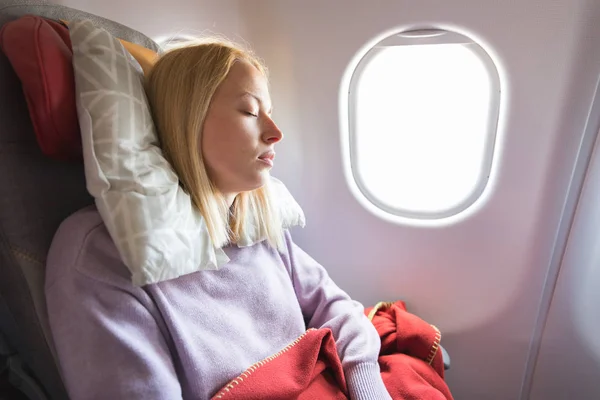
Gradually shifting your sleep schedule before departure helps your body start adjusting while you’re still at home, reducing the shock of sudden time zone changes. Sleep researchers recommend moving your bedtime 15–30 minutes earlier each night for eastward travel, or later for westward journeys, starting three to four days before departure.
This gentle approach works like training for a marathon—your circadian rhythm gets practice with the new schedule before the big event.
Controlled Fasting

Strategic meal timing can reset your internal clock because your body has multiple biological rhythms, including ones tied to food intake and digestion. Studies show that fasting for 12–16 hours before breakfast time at your destination can help synchronize your circadian rhythm more quickly.
Think of food as another time cue, like light, that tells your body what time zone it should be operating in.
Like Travel Pug’s content? Follow us on MSN.
Hydration Optimization

Dehydration amplifies jet lag symptoms and makes recovery slower, while proper hydration supports your body’s natural adjustment mechanisms. Research indicates that airplane cabin air contains only 10–20% humidity, compared to the 30–60% your body expects, leading to faster fluid loss.
Drinking 8 ounces of water per hour of flight time, while limiting alcohol and caffeine, helps maintain the cellular function necessary for circadian rhythm adjustment.
Exercise Timing
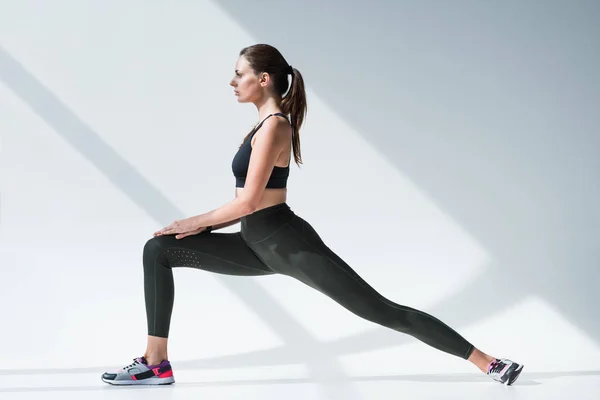
Physical activity at the right time can shift your biological clock by influencing core body temperature and hormone release patterns. Studies show that morning exercise in your destination time zone helps advance your circadian rhythm when traveling east, while evening workouts can delay it for westward travel.
Even light exercise, such as walking, produces measurable improvements in jet lag recovery compared to remaining sedentary.
Temperature Regulation
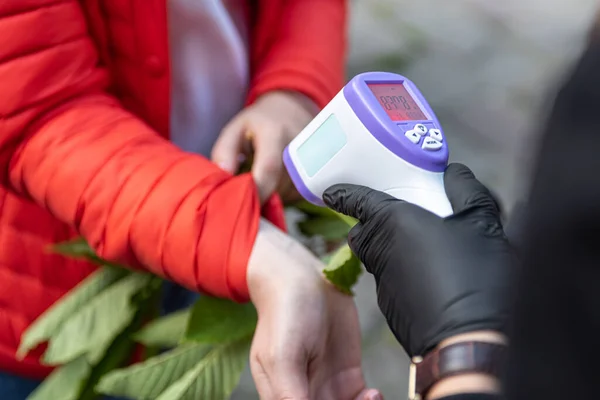
Your core body temperature naturally fluctuates throughout the day, and this rhythm helps regulate sleep-wake cycles that get disrupted during long-distance travel. Research demonstrates that cooling your body temperature 1–2 hours before desired bedtime at your destination can trigger sleepiness more effectively than medication.
Simple strategies like cool showers, lighter clothing, or lowering room temperature work with your body’s natural thermostat.
Like Travel Pug’s content? Follow us on MSN.
Strategic Caffeine Use

Caffeine blocks adenosine receptors in your brain, preventing the sleepiness signal from getting through, but timing your intake strategically can support rather than disrupt circadian adjustment. Studies show that consuming caffeine only during morning hours at your destination helps maintain alertness while allowing natural sleepiness to develop in the evening.
The key is cutting off caffeine at least 6 hours before your target bedtime to avoid interfering with sleep quality.
Cabin Light Management
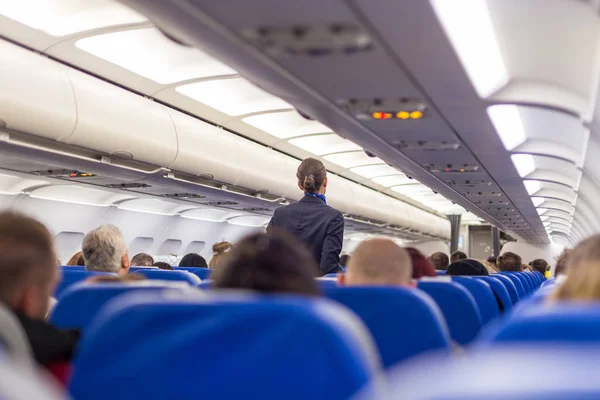
Airplane lighting systems often work against your biological adjustment, but you can override these signals with strategic light blocking and exposure. Research shows that wearing sunglasses or eye masks during flight hours that correspond to nighttime at your destination helps prevent circadian disruption.
Conversely, seeking bright light during hours that match daytime at your destination starts the adjustment process while you’re still traveling.
Protein Timing

The timing of protein consumption affects neurotransmitter production, which influences sleep-wake cycles and can either support or hinder jet lag recovery. Studies indicate that eating protein-rich meals during morning hours at your destination helps promote alertness, while avoiding large protein meals 3–4 hours before bedtime supports better sleep quality.
This approach works because amino acids from protein serve as building blocks for brain chemicals that regulate circadian rhythms.
Like Travel Pug’s content? Follow us on MSN.
Social Cue Alignment
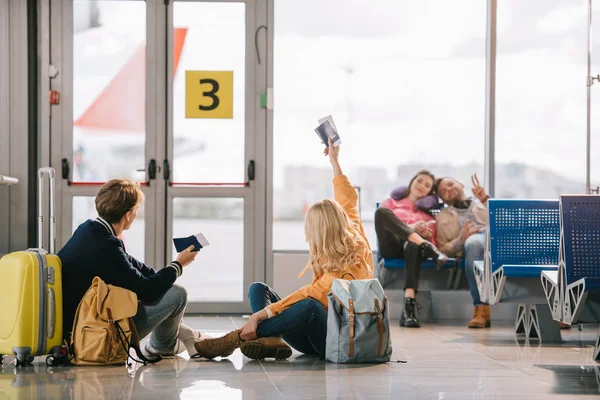
Human interaction and social activities provide powerful time cues that help reset your internal clock, often more effectively than trying to adjust in isolation. Research demonstrates that immediately engaging in local social rhythms, such as meeting people for morning coffee or evening dinner, accelerates circadian adjustment.
Your brain interprets the timing of social interactions as evidence of the time zone you’re in, thereby mitigating some of the confusion caused by rapid travel.
Short Nap Strategy
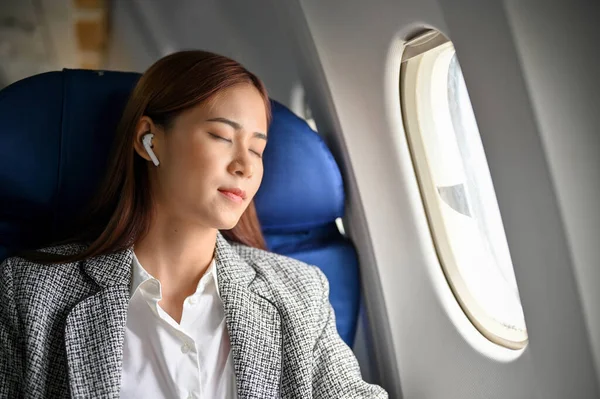
Strategic napping can provide necessary rest without derailing your circadian adjustment, but the timing and duration require precision based on sleep science research. Studies show that 20-minute power naps taken before 3 PM local time can restore alertness without entering deep sleep phases that would interfere with nighttime rest.
Longer naps or those taken too late in the day can extend jet lag recovery by reinforcing the wrong sleep schedule.
Blue Light Blocking
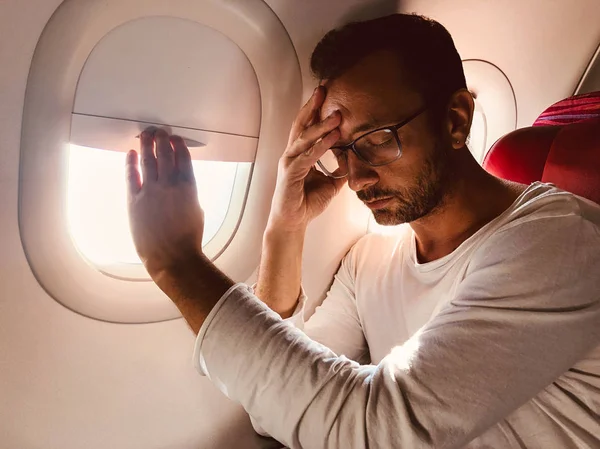
Artificial blue light from screens and LED lighting can disrupt melatonin production and confuse your circadian system, especially during evening hours at your destination. Research indicates that wearing blue light-blocking glasses 2–3 hours before bedtime can improve sleep quality and speed circadian adjustment.
This strategy becomes particularly important in hotel rooms with bright overhead lighting that your brain interprets as daytime signals.
Like Travel Pug’s content? Follow us on MSN.
Altitude Consideration

High altitude destinations present additional challenges because lower oxygen levels affect sleep quality and can amplify jet lag symptoms beyond just time zone changes. Studies show that staying hydrated and avoiding alcohol becomes even more critical above 8,000 feet, where your body already struggles with oxygen efficiency.
Gradual acclimatization to both time zone and altitude changes produces better results than trying to adjust to both simultaneously.
Supplement Timing

Certain vitamins and minerals support circadian rhythm regulation when taken at optimal times, providing gentle assistance to your body’s natural adjustment mechanisms. Research shows that magnesium taken 30 minutes before bedtime can improve sleep quality during jet lag recovery, while B-complex vitamins taken with morning meals support energy production.
These supplements are most effective when used as part of a comprehensive strategy, rather than as standalone solutions.
Meal Frequency Adjustment

Eating smaller, more frequent meals during the first few days at your destination helps stabilize blood sugar and supports steady energy levels while your body adjusts. Studies indicate that large meals require significant energy for digestion, which can worsen fatigue when your circadian rhythm is already disrupted.
Think of your digestive system as another clock that needs gradual adjustment rather than sudden schedule changes.
Like Travel Pug’s content? Follow us on MSN.
Technology Apps
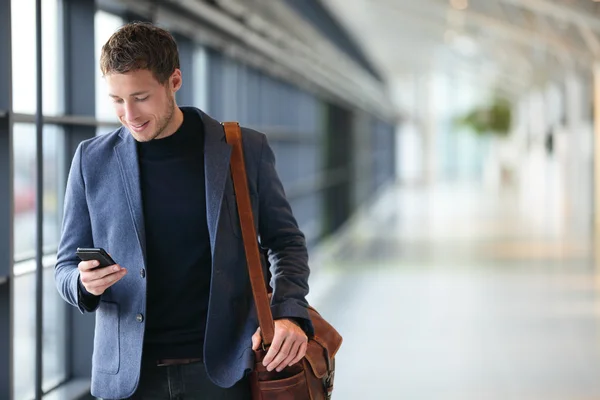
Smartphone apps that calculate optimal light exposure and sleep timing based on your specific travel itinerary can offer personalized strategies for reducing jet lag. Research-backed apps, such as Timeshifter, utilize mathematical models based on circadian science to create custom schedules that maximize your adjustment speed.
These tools essentially give you a pocket-sized sleep scientist that accounts for your travel details and preferences.
Strategic Airplane Seating

Window seats provide more control over light exposure during flight, allowing you to follow your planned light therapy schedule more effectively than aisle or middle seats. Studies show that passengers who can manage their light exposure during long flights experience faster circadian adjustment upon arrival.
The ability to close the window shade during hours that should be nighttime at your destination, or keep it open for daytime hours, makes a measurable difference in recovery speed.
Grounding Practices

Direct contact with the earth’s surface, called grounding or earthing, may help reset circadian rhythms by exposing your body to the planet’s natural electrical field. Preliminary research suggests that walking barefoot on grass, sand, or soil for 20–30 minutes daily can improve sleep quality and reduce inflammation associated with jet lag.
While the science is still emerging, this free and simple practice shows promise as a natural circadian support tool.
Like Travel Pug’s content? Follow us on MSN.
Recovery Timeline Planning

Understanding the scientific timeline for circadian adjustment helps set realistic expectations and prevents the frustration that can slow recovery. Research shows that eastward travel typically requires one day of recovery per time zone crossed, while westward travel needs about half that time due to the natural tendency of human circadian rhythms to run slightly longer than 24 hours.
Planning important activities for after this natural adjustment period prevents the stress of trying to perform at full capacity while your body is still adapting.
When Ancient Rhythms Meet Modern Travel
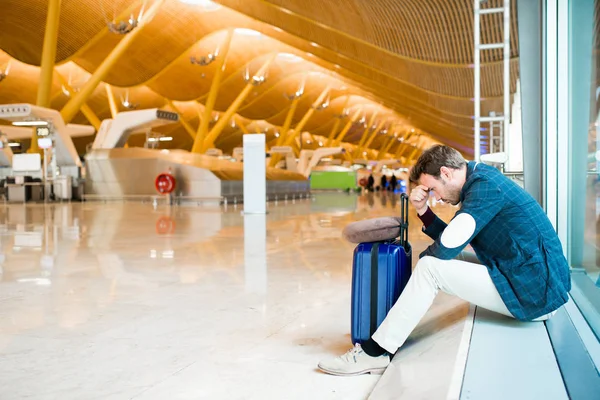
The jet lag phenomenon represents a fascinating collision between human biology that evolved over millions of years and transportation technology that appeared just decades ago. Our circadian systems developed to sync with the predictable rhythm of sunrise and sunset in a single location, never anticipating that humans would routinely leap across time zones faster than the sun moves.
Today’s science-based approaches to jet lag essentially teach our ancient biological systems how to cope with modern realities, using light, food, and timing as tools to bridge the gap between evolutionary programming and contemporary travel demands. The most effective strategies work with rather than against these deeply embedded biological rhythms, proving that sometimes the best way forward is to honor the wisdom built into our bodies over countless generations.
More from Travel Pug

- 20 Best Beach Towns in the Carolinas
- 13 Destinations Where Tourists Regularly Regret Their Trip
- 20 Destinations That Are More Magical Without an Itinerary
- 20 Underrated Adventures That Belong on Your Travel List
- 20 Cities Where You Should Just Wing It, No Planning Required
Like Travel Pug’s content? Follow us on MSN.w us on MSN.N.
